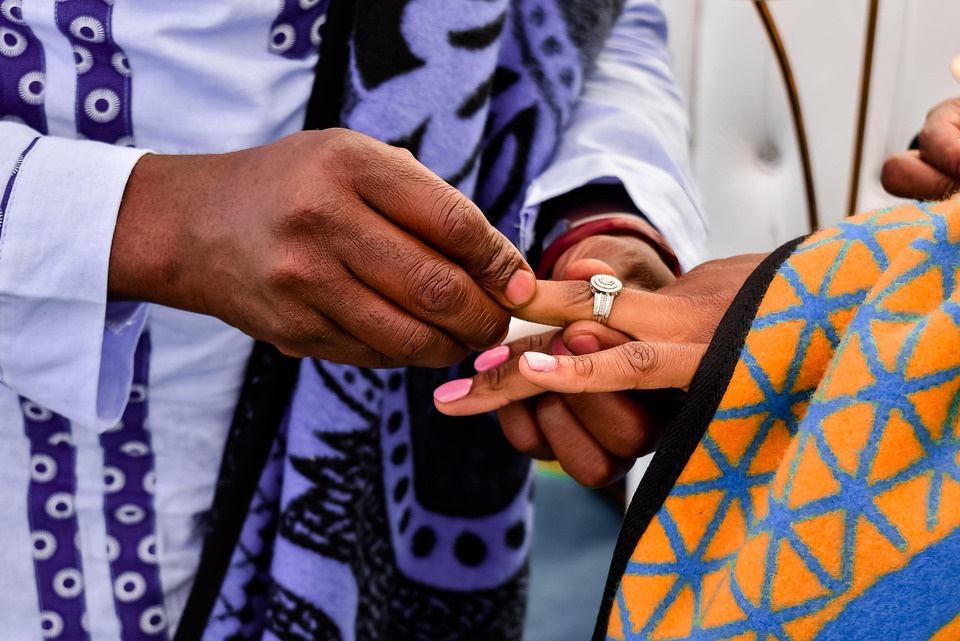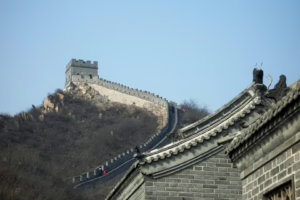Eid al-Adha: A Time for Sacrifice, Reflection, and Community
Eid al-Adha, also known as the Festival of Sacrifice, is one of the two major Islamic holidays celebrated by Muslims worldwide—Eid al-Fitr being the other. This feast commemorates the willingness of Prophet Ibrahim (Abraham) to sacrifice his son in obedience to God’s command. It represents a significant moment of faith, obedience, and ultimate sacrifice. In this article, we will explore the various dimensions of Eid al-Adha, including its historical background, cultural practices, spiritual reflection, and the importance of community involvement.
Historical Background
Eid al-Adha is rooted in the Quran, specifically in the story of Prophet Ibrahim. According to Islamic tradition, he received a divine revelation in a dream, commanding him to sacrifice his son Isma’il (Ishmael). Despite the heavy burden of such an act, Ibrahim’s unwavering faith led him to prepare for the sacrifice. However, just as he was about to carry out the command, Allah intervened, providing a ram as a substitute sacrifice. This pivotal moment underscores themes of faith, submission, and the importance of obedience to divine will.
The celebration occurs on the 10th day of Dhu al-Hijjah, the final month of the Islamic lunar calendar, coinciding with the completion of the Hajj pilgrimage. The rituals associated with Hajj underscore the universal themes of sacrifice and devotion, reinforcing the significance of Eid al-Adha across diverse Muslim communities.
Rituals and Practices
Eid al-Adha is marked by several key rituals and practices that highlight its significance:
1. The Eid Prayer
The Eid prayer is one of the first acts of worship performed on this day. Muslims gather in congregations, often in large open areas or mosques, to perform a special prayer usually conducted in two units (rak’ahs). Following the prayer, an imam delivers a sermon (khutbah) that elucidates the themes of sacrifice, community, and gratitude.
2. Qurbani (Animal Sacrifice)
The cornerstone of Eid al-Adha is the practice of Qurbani, or animal sacrifice. Families with the means to do so will sacrifice a goat, sheep, cow, or camel, symbolizing Ibrahim’s willingness to sacrifice his son. The meat from the sacrifice is distributed among family, friends, and those in need, emphasizing the spirit of sharing and generosity.
Distribution of Meat
Typically, the meat is divided into three parts: one-third is for the family, one-third is for relatives and friends, and one-third is donated to those in need. This practice fosters a sense of community and reinforces the importance of caring for those who are less fortunate.
3. Charity and Giving
Eid al-Adha is also a time for charitable giving. Muslims are encouraged to provide for the less fortunate, ensuring that everyone can partake in the celebrations. The act of charity further emphasizes the values of empathy and compassion that are central to the holiday.
4. Feasting and Celebrations
After the rituals, families often gather to share festive meals. Traditional dishes vary by culture but typically feature meat from the sacrificed animal along with a variety of other foods. These feasts serve not only to celebrate but also to strengthen familial and community bonds.
Reflection and Spiritual Growth
Eid al-Adha is not merely a day of festivity; it invites profound spiritual reflection. The themes of sacrifice, obedience, and submission to God resonate deeply within the hearts of believers. It is an occasion to reflect on one’s relationship with God, the practice of gratitude, and the importance of community.
1. Sacrifice and Selflessness
The concept of sacrifice extends beyond physical offerings. It encourages individuals to reflect on their priorities and what they can give up for the greater good—be it time, resources, or personal desires. This selflessness is foundational to personal growth and character development.
2. Strengthening Family Bonds
Eid al-Adha provides an opportunity for families to come together, reconnect, and strengthen their ties. This communal aspect fosters resilience and unity, essential elements in any thriving community.
3. Renewing Faith and Commitment
For many, Eid al-Adha is a time to renew their spiritual commitments. The rituals serve as a reminder of the importance of faith and the necessity of putting trust in divine wisdom. It’s a call to reaffirm one’s beliefs and engage more deeply with their faith.
Cultural Variations
While Eid al-Adha is observed by Muslim communities globally, the way it is celebrated can vary significantly by culture and region. Each community incorporates its traditions, foods, and practices, thereby enriching the holiday’s tapestry.
1. Middle Eastern Traditions
In many Middle Eastern countries, lavish celebrations are held, marked by large gatherings, feasts, and various cultural performances. Lamb and rice dishes, such as Kabsa and Mansaf, are common staples during Eid meals.
2. South Asian Celebrations
Countries like India, Pakistan, and Bangladesh celebrate Eid al-Adha with a variety of dishes that reflect the rich culinary traditions of the region. Biryani, kebabs, and sweets such as baklava and sheer khurma are often prepared, symbolizing both abundance and the joy of the occasion.
3. African Observances
In various African cultures, Eid al-Adha celebrations also feature unique elements. Traditional music, dance, and specific local dishes are integral to the festivities. The communal aspect is especially pronounced, as entire neighborhoods may come together to celebrate.
4. Western Practices
In Western countries where Muslims are in the minority, Eid al-Adha may be a more intimate family affair, but community organizations often host events to bring people together. The essence of sacrifice and generosity remains the core focus of the celebrations regardless of geographical location.
Community Involvement and Social Responsibility
Eid al-Adha serves as a powerful reminder of the importance of community involvement and social responsibility. The holiday encourages Muslims to actively seek opportunities to support their local communities and contribute to social welfare.
1. Volunteering and Service
Many Muslims engage in volunteer work around Eid al-Adha, whether through local charities, food banks, or community organizations. This hands-on approach to giving back ensures that the spirit of the holiday extends beyond family gatherings to encompass the broader community.
2. Educational Initiatives
Educational efforts that prioritize understanding the significance of Eid al-Adha and its associated values can further enhance community cohesion. Workshops, community debates, and informational sessions can help foster a deeper understanding of the holiday among young people and non-Muslims alike.
3. Interfaith Dialogue
Eid al-Adha presents an opportunity for interfaith engagement. By inviting friends and neighbors to join in the celebrations or by explaining the holiday’s significance, Muslims can promote understanding and foster goodwill between communities. Such dialogue is crucial in today’s multicultural societies.
4. Support for Refugees and Displaced Persons
Given the significance of sharing and giving during Eid al-Adha, many organizations focus their efforts on supporting refugees and displaced individuals during this time. Initiatives that provide food, shelter, and educational resources are vital in helping those facing adversity.
Conclusion: Embracing the Spirit of Eid al-Adha
Eid al-Adha is much more than a holiday; it is a profound affirmation of faith, community, and social responsibility. As Muslims around the world gather to observe this sacred occasion, they are reminded of the values of sacrifice, gratitude, and compassion. Whether through prayer, family gatherings, or acts of charity, the essence of Eid al-Adha emanates as a beacon of hope, inspiring individuals to embody the principles of love, fellowship, and service in their daily lives.
The celebration of Eid al-Adha serves as an opportunity for reflection and renewal, urging individuals to strengthen their faith and engage more deeply with their communities. It stands as a testament to the resilience of the human spirit and the enduring values that unite us all.
As we celebrate, let us carry forth the principles embodied by Eid al-Adha, embracing sacrifice, reflection, and community engagement in all aspects of our lives.
References
[1] Nasr, Seyyed Hossein. "Islamic Philosophy from Its Origin to the Present: Philosophy in the Land of Prophecy." State University of New York Press, 2006. [2] Esposito, John L. "What Everyone Needs to Know about Islam." Oxford University Press, 2011. [3] Ramadan, Tariq. "The Messenger: The Meanings of the Life of Muhammad." Penguin Books, 2007. [4] Ahmed, Akbar S. "Discovering Islam: Making Sense of Muslim History and Society." University of Florida Press, 1992.This article aims to capture the essence of Eid al-Adha and its importance as a time for sacrifice, reflection, and community. Should you wish to delve deeper into any specific aspect, please let me know!


























Add Comment